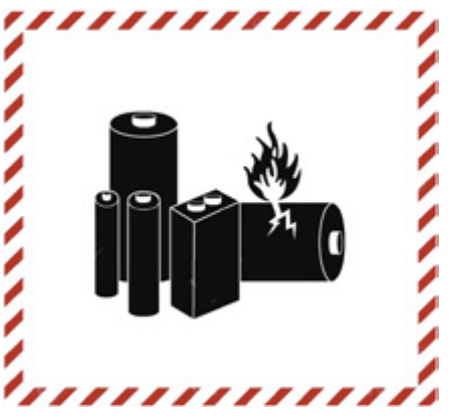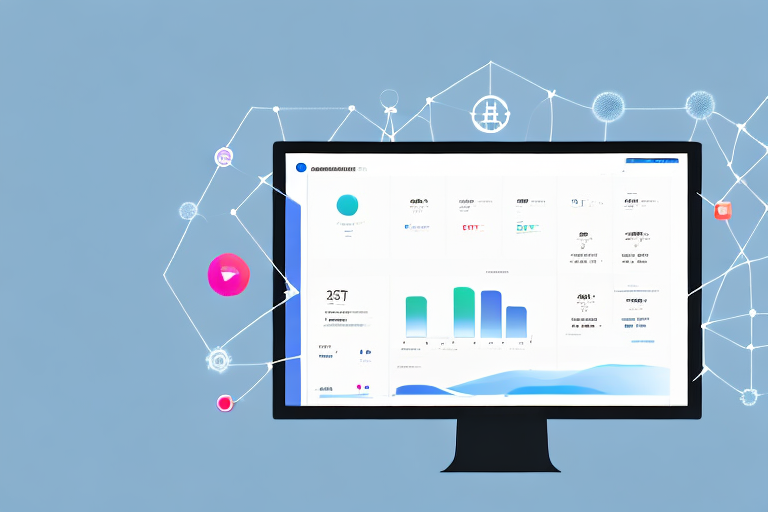Transporting dangerous goods requires strict adherence to regulations and best practices to ensure safety and compliance throughout the supply chain.
In Australia, the handling and transporting of dangerous goods by road, rail and flight are governed by comprehensive regulations designed to mitigate risks and protect public safety.
This guide explores the key aspects of transporting dangerous goods, including classification, regulations, best practices, and overcoming common challenges.























